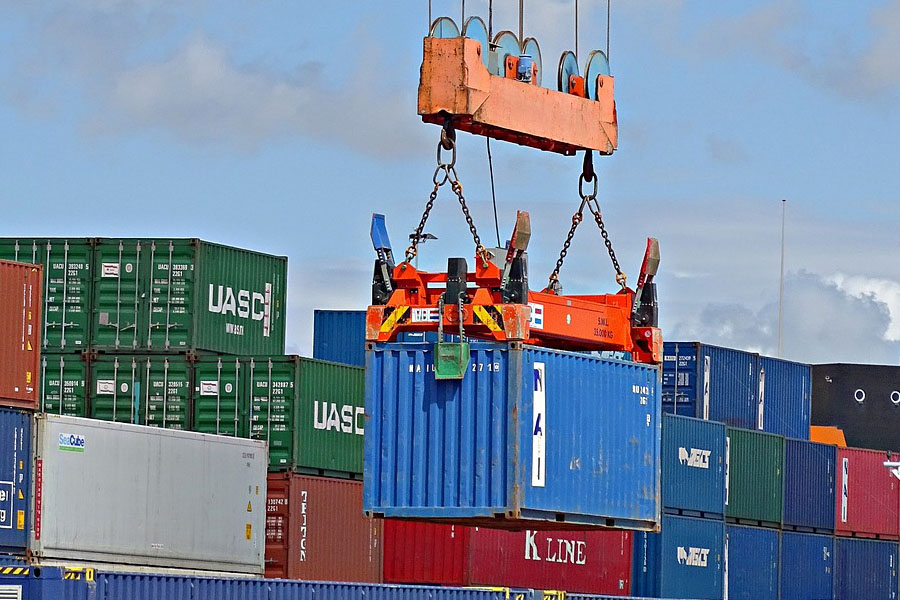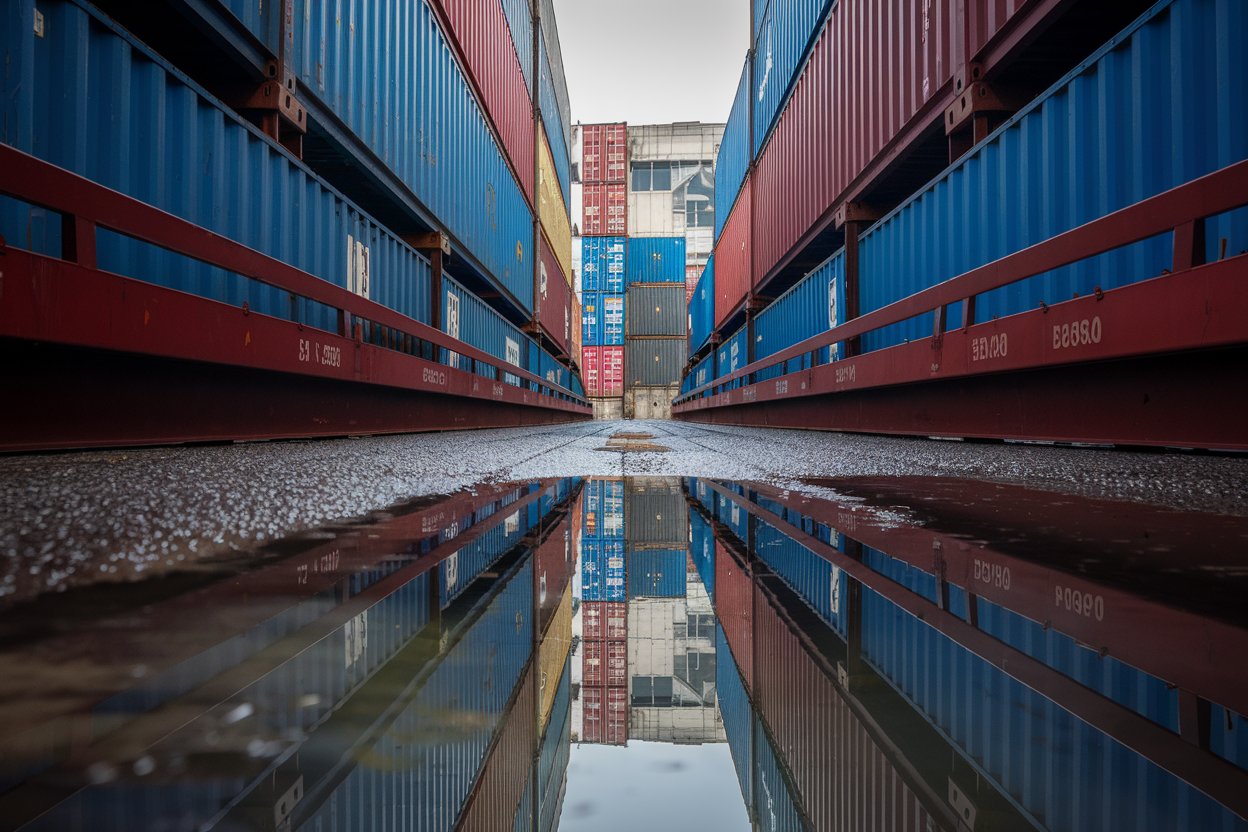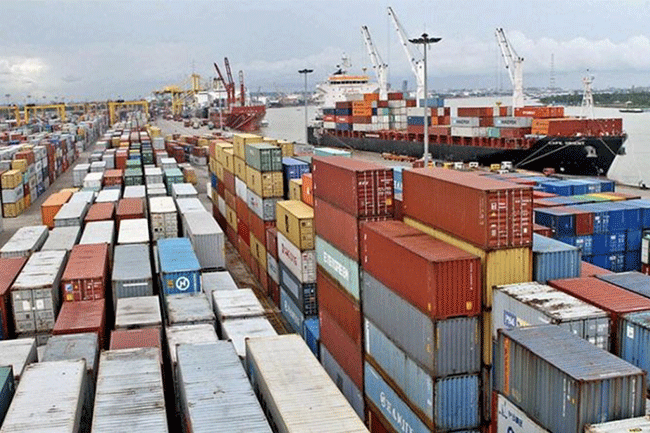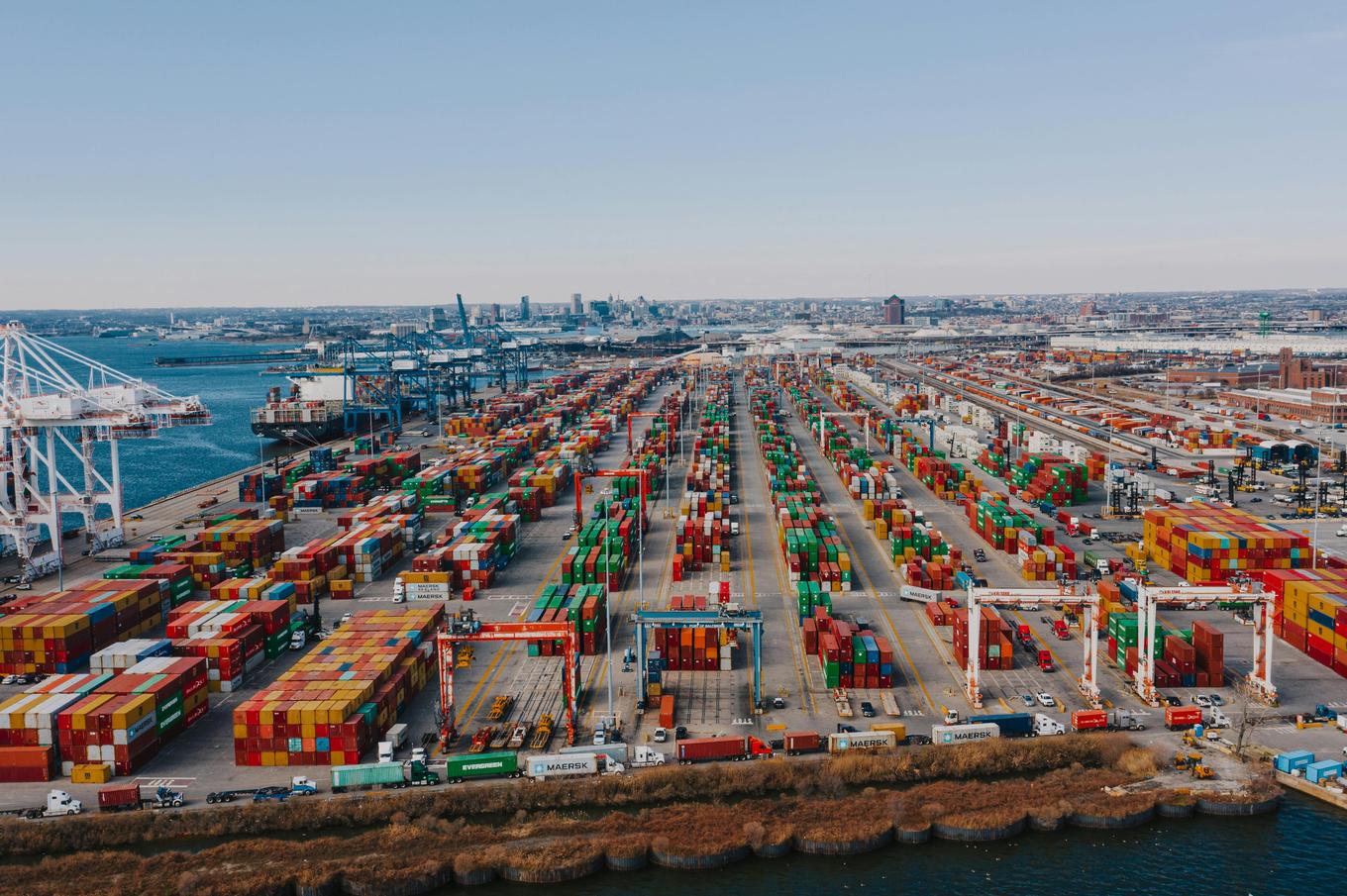- Shanghai Zhongshen International Trade Co., Ltd. - Two decades of trade agency expertise.
- Service Hotline: 139 1787 2118
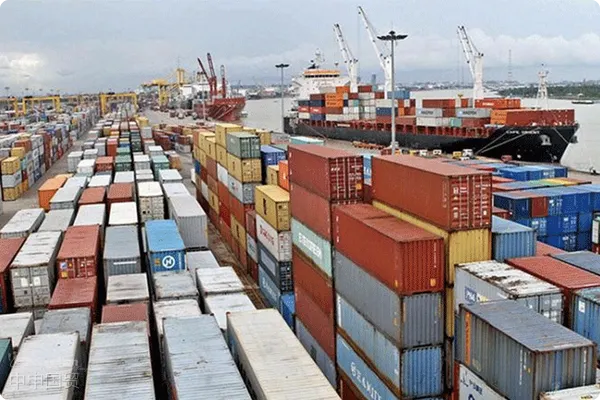
Medical EquipmentNew Trends in the Import Market
Global Healthcare in 2025Equipment ImportsThe market size is projected to exceed $480 billion, with ECG equipment consistently accounting for 12%-15% of the total. As one of the world's largest importers of medical devices, China saw a 23% year-on-year increase in the filing of imported Class II medical devices, among which the import volume of dynamic electrocardiographs surged by 37%.
Key Process for Importing ECG Equipment
The complete import cycle typically consists of six key stages:
- Preliminary qualification preparation (15-25 working days)
- Verification of Medical Device Registration Certificate (CFDA/NMPA)
- Importer Class II Medical Device Business Filing
- Customs declaration process (3-7 working days)
- Product code classification (priority is recommended to use 9018.1100).
- Tariff combination calculation (comprehensive tax rate approximately 9.7%-12.3%)
- International LogisticsSolution
- Precision Instrument Constant Temperature Transportation Standard (Temperature Fluctuation ±2°C)
- Special packaging requirements for electromagnetic interference protection
Breaking Through the Difficulties in Customs Clearance Practice
The latest "Customs Inspection Guidelines for Medical Devices" released by the General Administration of Customs in 2025 indicates that common issues in the import of electrocardiogram equipment are concentrated in:
- The error rate in commodity classification is as high as 42%.
- The proportion of delays caused by incomplete technical documentation accounts for 31%.
- It is recommended to verify through the following methods:The error rate in the verification process is 19%.
A March 2025 import case from a top-tier hospital revealed that due to delayed updates in complying with the EU MDR (Medical Device Regulation) for ECG equipment CE certification, a $280,000 device was held at the port for 17 days, incurring an additional $5,600 in storage fees. Professional agency services can pre-review technical documentation to mitigate such risks.
Application of Tariff Preference Policies
According to the 2025 "Medical Device Import Tariff Adjustment Catalog," ECG equipment is eligible for:
- Preferential tariff rates under the free trade agreement (7.2% under the China-Switzerland FTA)
- Tax exemption policy for scientific research equipment (requires approval documents from the National Health Commission)
- Temporary Entry and Exit Guarantee Program (Exclusive for Exhibition Equipment)
Construction of a Quality Traceability System
Professional agency service providers should assist in establishing a three-tier traceability mechanism:
- Equipment Traceability Management (Full Serial Number Tracking)
- Technical document cloud archiving (retention period ≥10 years)
- After-sales Service System Certification (ISO 13485 Standard)
Optimization of International Logistics Solutions
Special attention is required for the transportation of precision medical equipment:
- Priority should be given to IATA CEIV certified air cargo.
- Maritime TransportationThe container must comply with the IEC 60721-3-5 seismic resistance standard.
- Real-time Temperature and Humidity Monitoring System Configuration
Data from a provincial procurement project shows that adopting a professional logistics agency solution can increase equipment integrity rates from 82% to 98% and reduce transportation cycles by 40%. By integrating pre-declaration with an intelligent customs clearance system, the average customs clearance time has been shortened to within 72 hours.
Related Recommendations
Category case
Get in Touch
Email: service@sh-zhongshen.com
Related Recommendations
Contact via WeChat

? 2025. All Rights Reserved. Shanghai ICP No. 2023007705-2  PSB Record: Shanghai No.31011502009912
PSB Record: Shanghai No.31011502009912
